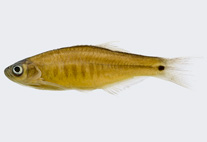Abstract
Two new species of Stephanotheca are described from the southeast Gulf of Carpentaria, northern Australia, providing the first tropical records of this genus. Stephanotheca ipsum n. sp. is provisionally placed in the genus on the basis of a low ridge of calcification around the edge of the ooecium, which differs from the fully pseudoporous ooecium of Calyptotheca (Lanceoporidae) and resembles the ‘crowned’ ooecium of Stephanotheca, with a central porous area surrounded by a nodular imperforate area. Stephanotheca ipsum and Stephanotheca romajoyae n. sp. are the only species in the genus with more than one avicularium on some zooids. The latter species is distinguished by high variability in avicularium size, shape, position and orientation; it also shares dimorphic avicularia with S. ochracea (Hincks) and is the only species in which they sometimes occur together on the same zooid. This study increases the number of Australian Stephanotheca species to four. The Australian species all have smaller primary orifices and variations in ovicell morphology compared with other, all European, species. In S. ipsum n. sp. the ooecia are ridged, those of S. victoriensis Reverter-Gil et al. have a single row of pseudopores forming an arch, and those of S. ambita (Waters) and S. romajoyae n. sp. have a relatively large pseudoporous area and smaller, lower nodular imperforate area. None of the Australian species have vicarious avicularia, which are known only from the type species, S. barrosoi Reverter-Gil et al.

